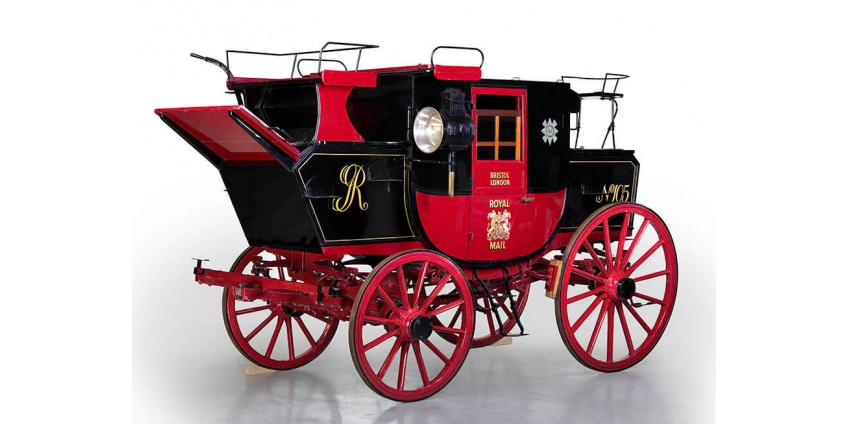
How many times you found yourself waiting impatiently in a queue to drop off a letter or a parcel at the local post office? Nowadays in a such fast paced society we seem to have less and less patience when it comes to waiting. Waiting is most of the times a trigger for anger and discomfort. Some start arguing, moaning and show their discontent, like those 3 minutes in the queue would mean hours of their lifetime.
While I was walking in Baker Street I
passed by the local Royal Mail post office to drop off a parcel. I’ve been here
so many times before and mostly at rush hour, but this time it was different. I
didn’t have my phone with me to keep me busy. That’s when I was forced to just
look around and observe. And wait. I could see the machines scanning, piles of
letters and parcels being sorted and dropped off and that’s when I decided to
read and find out a bit more about The Royal Mail’s 500 years of history.
I was really curios to see their
evolution and how the big picture looked like, as we sometimes take things for
granted forgetting the hard work, dedication and sacrifices of past
generations, who have made our present more comfortable.
I think that from time to time it is good to ask ourselves: “How did we get
here?”
Without the progression of
mail maybe our global society wouldn’t have matured this rapidly, as the mail
has connected civilisations and allowed thoughts to be communicated across the
globe.
Thanks to the Royal Mail Heritage website, my research was easier than expected. So here are a few chronological historical facts that really impressed me and most probably you never knew about the Royal Mail either.
1. The First Master of the Posts
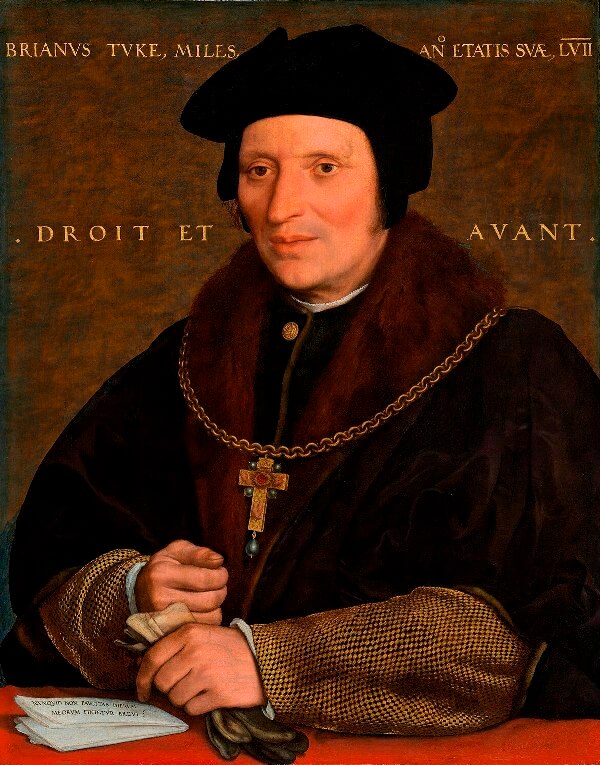
Everything started in 1516 when Henry VIII knighted the very
first Master of the Posts, Sir Brian Tuke. He was running the
King’s Posts and his new status gave him the influence and authority to
establish key post towns across the country and build a formal postal network.
From this date it took 119 years until the first public postal service
was opened.
SirBrian Tuke (painting by Hans Holbein)
2. The First Public Postal Service
1635 was the year that the postal service opened to the public for the first time. It was a really slow process and the system remained unchanged for almost 150 years. In that time letters were delivered by mounted post-boys and delivered to the local postmaster.
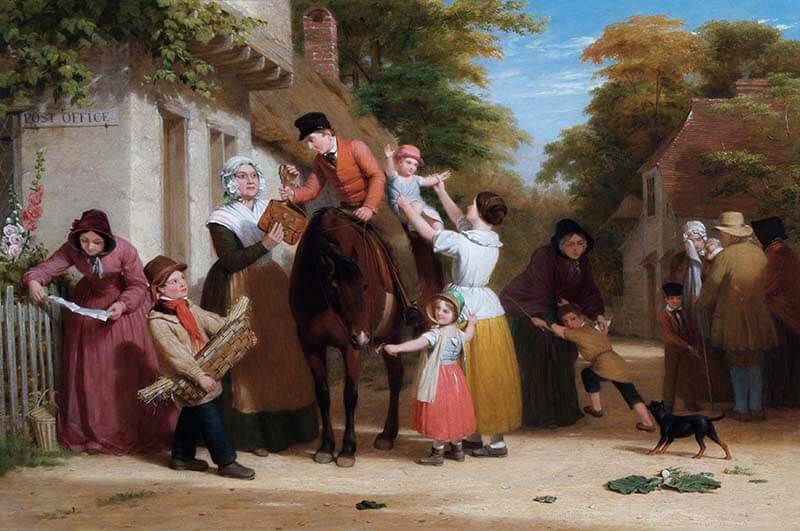
3. The first coach journey thanks to John Palmer (a theater owner from Bath)
John Palmer was a theater owner who organized a rapid carriage service to transport actors and props between theaters and he believed that something like this would be a benefit for the postal service.
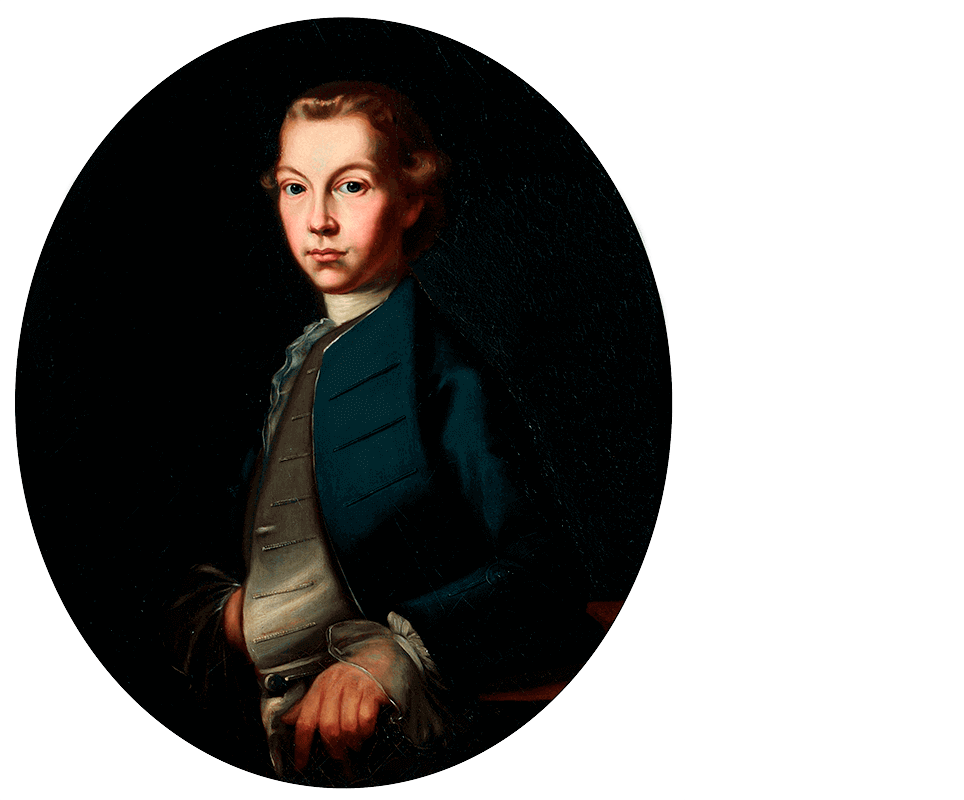
Within a year from the introduction of the first mail coach several routes were opened, reducing the journey times by two thirds.
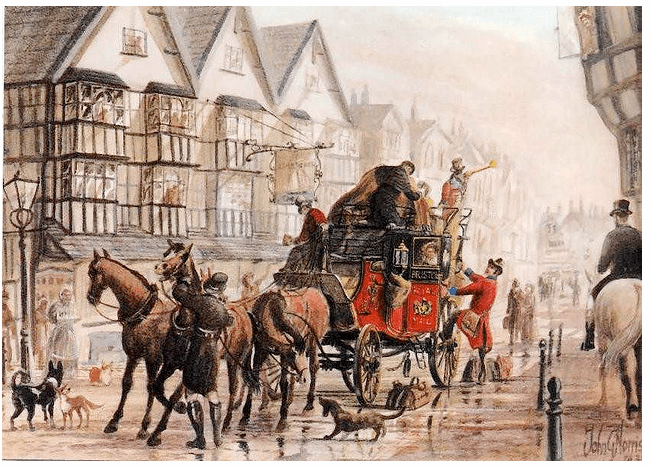
The first trial mail coach run from Bristol to London and took only 16 hours
4. First steam boats used for post
In 1821 the introduction of two steam-driven boats marked a new era in the postal service. They were called Meteor and Lightning. Soon more of these boats were introduced, but due to the very expensive manufacturing costs and the difficulty in operating them, they led to a great financial loss in the 1830s.
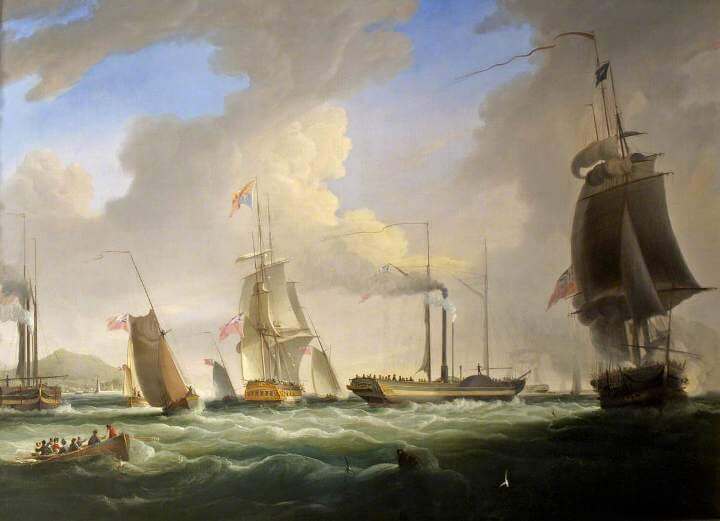
5. The longest serving mail guard
Moses James Nobbs served from 1836 to 1891 being
the longest serving mail guard in the Post Office in a total of 55 years. The
guards were the only Post Office employee aboard the mail coach. They were
heavily armed, carrying 2 pistols and a blunderbuss.
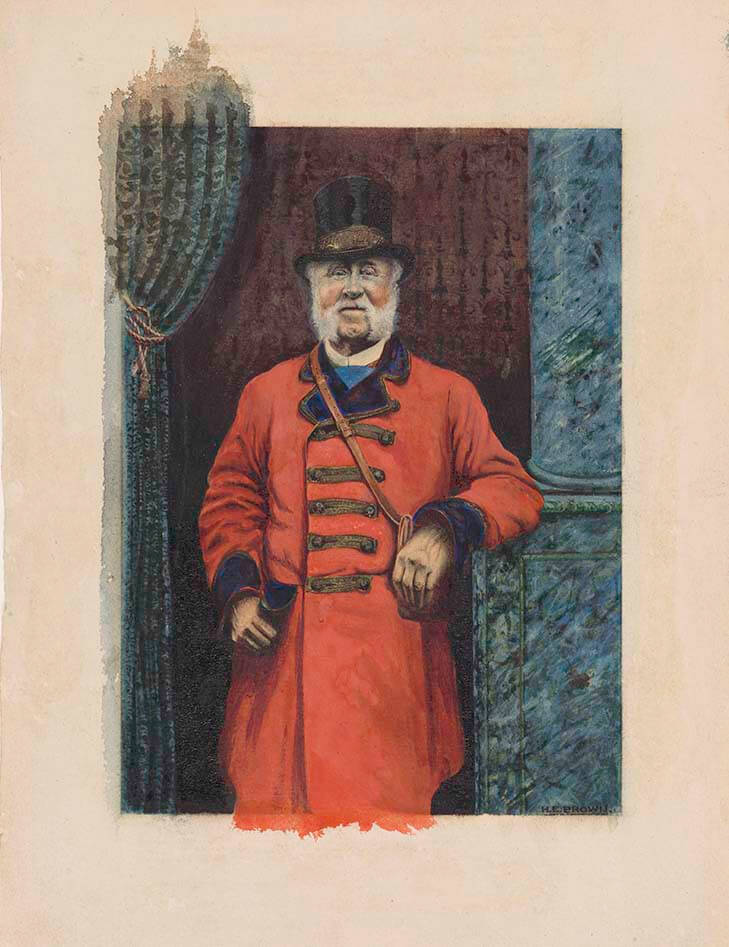
MosesJames Nobbs(Last of the Mail Coach Guards) by H E Brow
The guards had the first official uniform. They also had timepiece, to keep
pace with the differences in local time, and recorded the arrival and departure
times of the coach at each stage of the journey. In the towns and villages that
the coach was not due to stop, the guard would throw out the bags of letter to
the Letter Receiver or Postmaster, and at the same time he would snatch the
outgoing bag of mail.
6. The first traveling post office
On 20th of January 1838 the first Traveling Post Office was born and staff worked in a converted horsebox to sort mail on the Grand Junction Railway, between Birmingham and Warrington, growing to more than fifty separate routes.
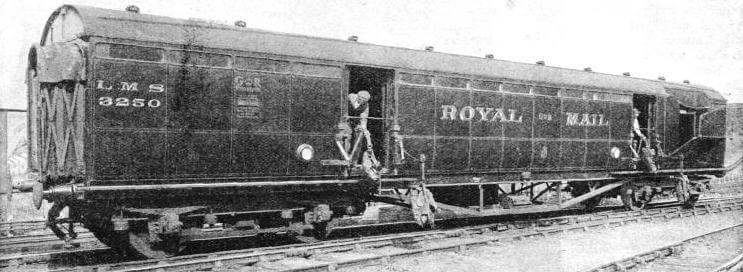
7. The world’s first adhesive stamp
In 1837
Rowland Hill made a revolutionary suggestion to establish a very low
uniform postage rate for letters regardless of distance carried and the payment
of the letter by the sender using a prepaid stamp. He wrote: “A bit of paper
just large enough to bear the stamp and covered at the back with a glutinous
wash which the user might, by applying a little moisture, attach to the back of
the letter”.
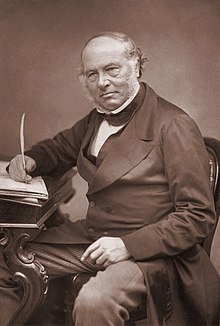
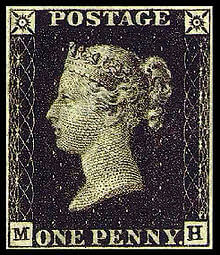
On 6th of May the world’s first adhesive stamp – Penny Black – was introduced. 68 million stamps were used in the first year. Penny Black was replaced with Penny Red in February 1841.
8. The world’s first Christmas card
In 1843 Sir Henry Cole, founding director of the Victoria and Albert Museum, was in that time a senior civil servant (Government worker) who worked as an Assistant Keeper at the Post Office. Wondering how he could make more ordinary people use the postal service, he came up with the idea of a Christmas card. Him and his artist friend John Callcott Horsley RA designed the world’s first Christmas card and they printed about 1000 pieces and sold them for 1 shilling each (that is only 5p today).
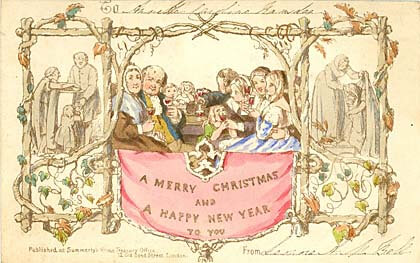
In 2006 an original Christmascard sold for £4200.
9. The first British Pillar box
The first four British pillar boxes were introduced as an experiment on 23rd November
1852 on the Island of Jersey. These red-painted hexagonal boxes became
really popular that within a year the first pillar boxes were installed on
Mainland Britain, but these ones were dark green. In 1874 all letter boxes were
painted bright red to increase their visibility.
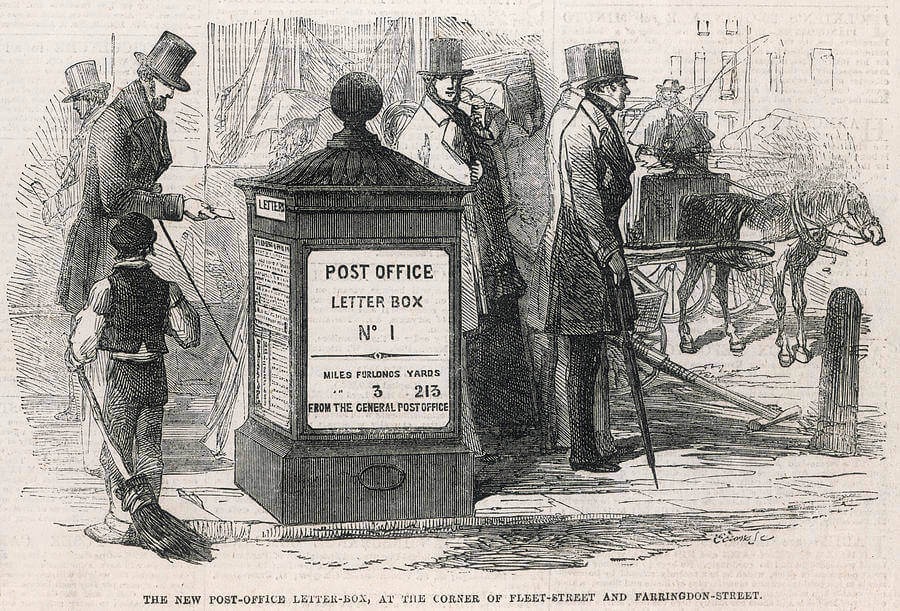
10. Cats officially hired by the Post Office
In September 1868 cats were
officially appointed to catch rats and mice. Three cats worked on
probation at the Money Order Office in London, with a weekly wage of one
shilling. They had to rely on mice for the rest of their food.
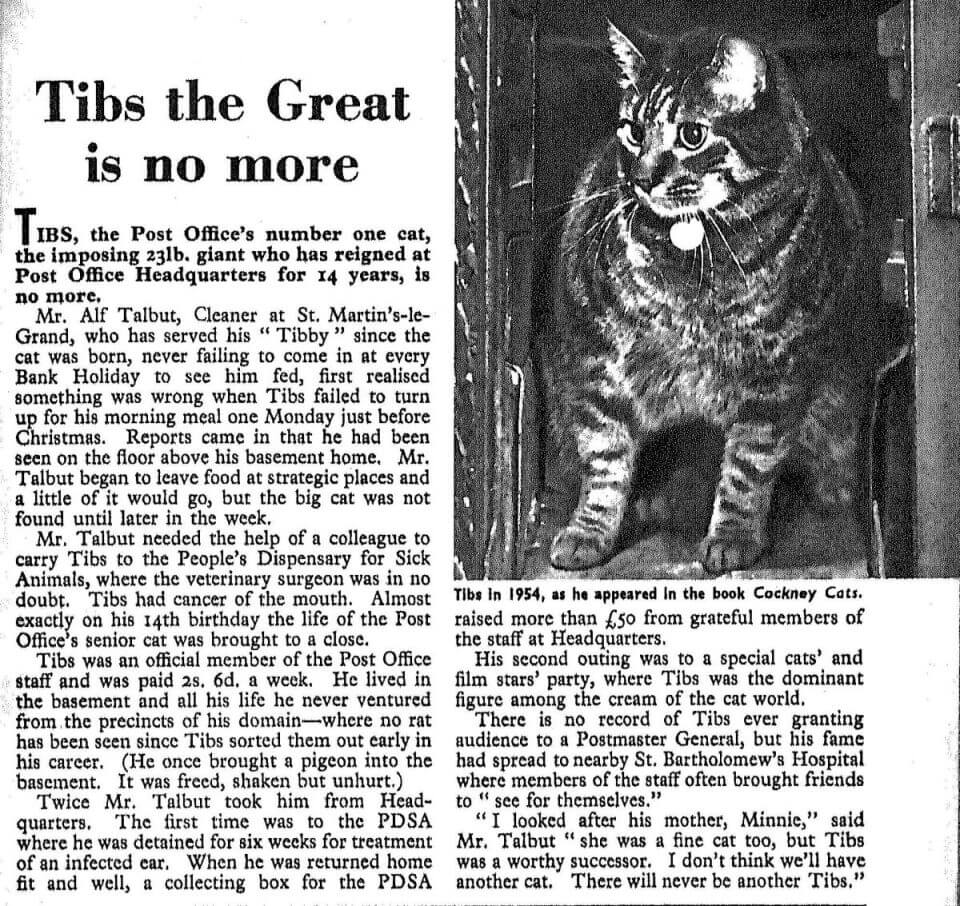
The cats have done their duty very efficiently, so they were rewarded an increase of 6p weekly. The official use of cats to control rats and mice spread to other Post Offices. Three of the most famous post cats include Minnie, Blackie and Tibs.
11. The post office telegraph service
In 1870 the Post Office launched its telegraph service. The sender would go to
the Post Office with their message. There they would change it into Morse code
and send it over wires to another Post Office where it would be written down
and then the written message would be delivered. Compared to traditional
letters, this was a much quicker way of communication.
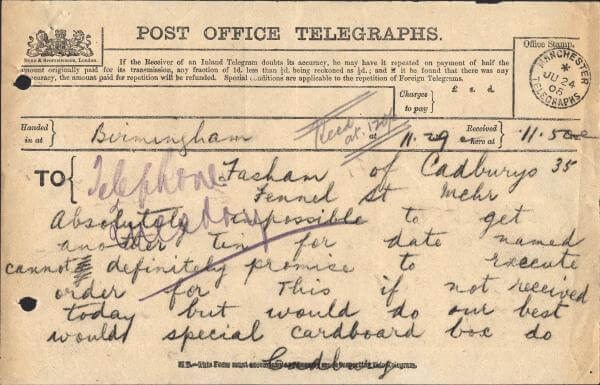
12. The most distinguished Postmaster General was blind
Between 1880-1884 Henry Fawcett was by far the most
distinguished Postmaster General of the pre-modern era. He was almost 47 at the
time of his appointment and he had been a Professor of Political Economy at
Cambridge since 1863. He lost sight in both eyes as result of a shooting
accident when he was 25.
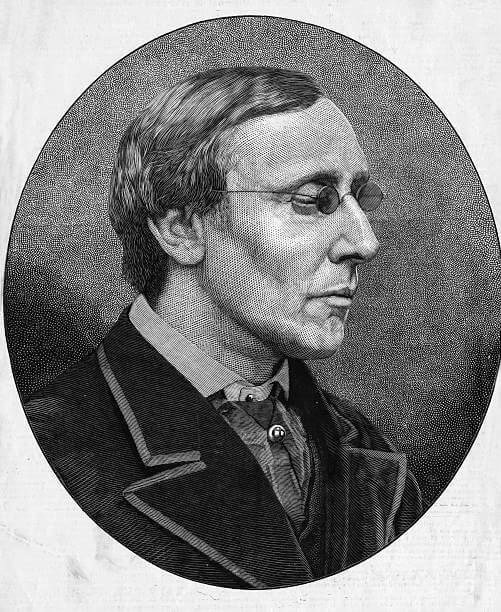
Henry Fawcett (getty images)
His labour reforms and support for women in the workplace was characterised a progressive era that many at the time saw as a golden age. He objected to the barriers placed in front of women. He met with worker’s delegation and produced a series of detailed labour reforms known afterwards as Fawcett’s scheme. Pay scales for the telegraphy workers and letter sorters were significantly improved.
13. First Women Only Association Founded
In 1901 the Association of Post Office Women Clerks was founded and it represented female clerical workers, fighting for their employment rights and ultimately for equality with men.
Here are a few
remarkable women that left their mark in the history.
Elizabeth Dickson served the post office for 30
years as a postwoman and when she retired in 1908, it was reported that she had
never once been late for duty and had trekked an estimated 130.000 miles during
her career, the equivalent of walking 5 times around the world.
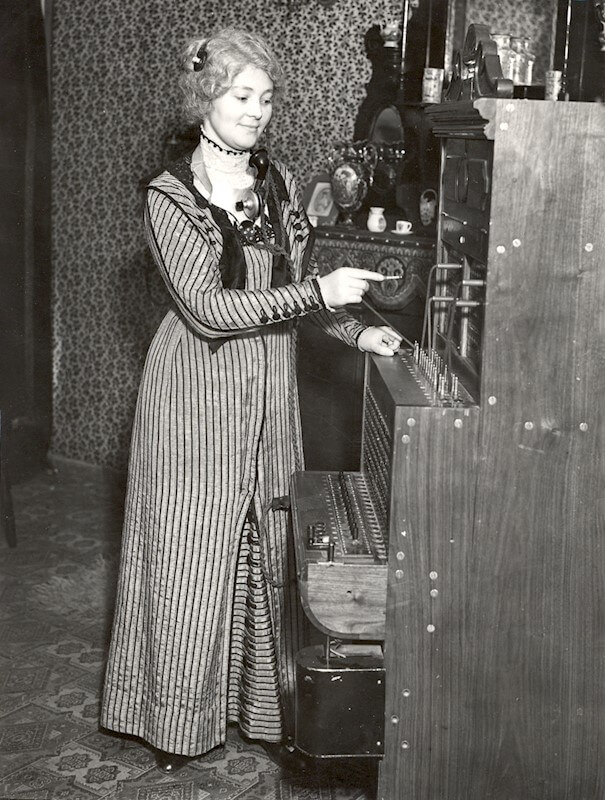
Annie Cooper was one of the longest serving Sub-Postmistress completing 50 years of service on her 70th birthday.
Fanny King was a traditional
rural postwoman who, at the age of 65, was still trekking her 9 miles route on
foot every morning and was quoted as saying: “I think I should die if I didn’t
have my morning delivery.”
14. The RMS Titanic
The RMS stands for Royal Mail Ship, indicating that the Titanic was contracted to carry mail. The Post Office and Mail Room were deep in the ship on decks F and G. The five postal workers were sorting the mail brought on board of the ship in a total of 3.364 bags, as well as dealing with letters posted on the ship by passengers and crew.
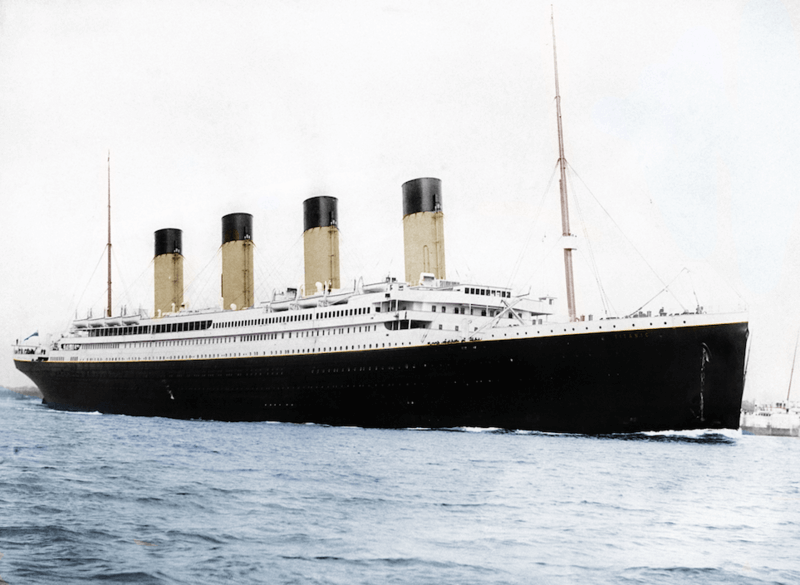
TheRMS Titanic photographed in Southampton (colourised)
When the ship struck the iceberg, the postal workers were celebrating their colleague’s 44th birthday. As soon as they realized that the Mail Room was flooding, they attempted to move 200 bags of registered mail to the upper decks in the hope of saving them. One of the ship’s stewards recalled: “I urged them to leave their work. They shook their heads and continued at their work. It might have been an inrush of water later that cut their escape, or it might have been the explosion. I saw them no more.” They all died doing their duty.
“Letter
writing had become practically a lost art until the yearning of the men in the
trenches for the precious letters from home revived it.” The Sphere reported in
November 1915.
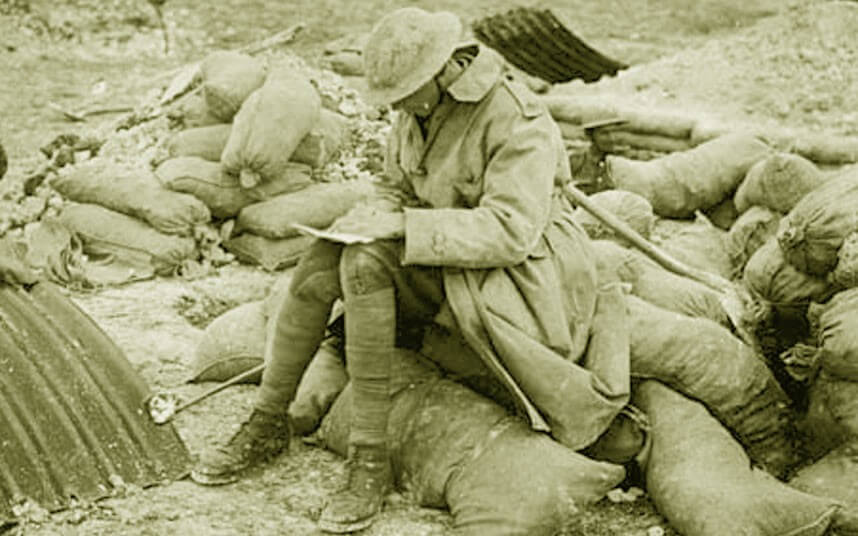
Letters
from home ranked with food, leave and reliable clothing, as the least dispensable
features in a soldier’s life during the war. It is said that no infantryman in
the trenches ever ate before reading the letter, when received at an evening
meal. That is why the Postal Services never rested during war time.
The
Post Office was often described as a pioneer in the employment of women,
recording 60.659 women in the workforce between 1913-1914.
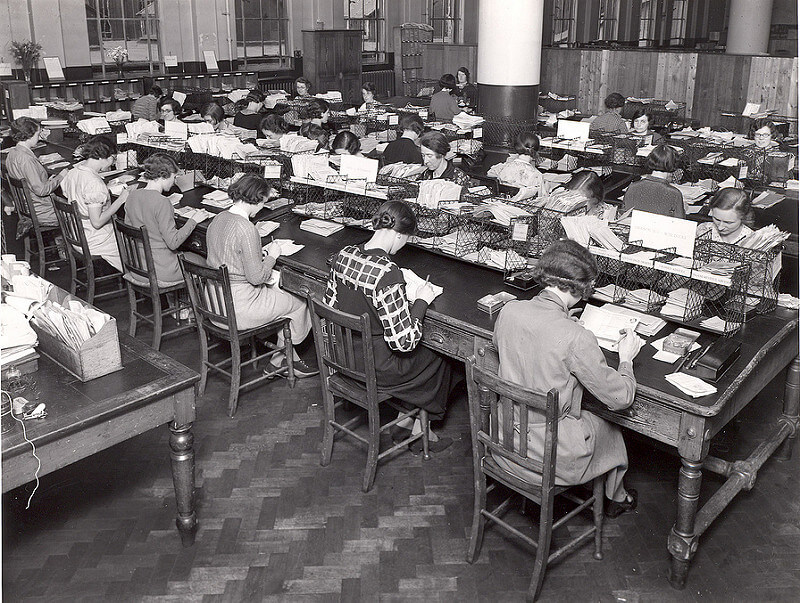
Works
goes on as the bombs fall. Hundreds of telegrams were handed in and the Post
Office had the responsibility of handing these messages and to remain unmoved
by the urgency of their appeal. In August 1940 one girl who was off duty at 8pm
reported back at 9pm with a request to sleep at the office as her home has been
demolished by a shell that evening. She was back on duty the next morning.
The
Post Office underground railway was running from east to west beneath London,
parcels travelled 70 feet below ground and during Great War tunnels were used
to store artwork. Today this railway is open for tourists.
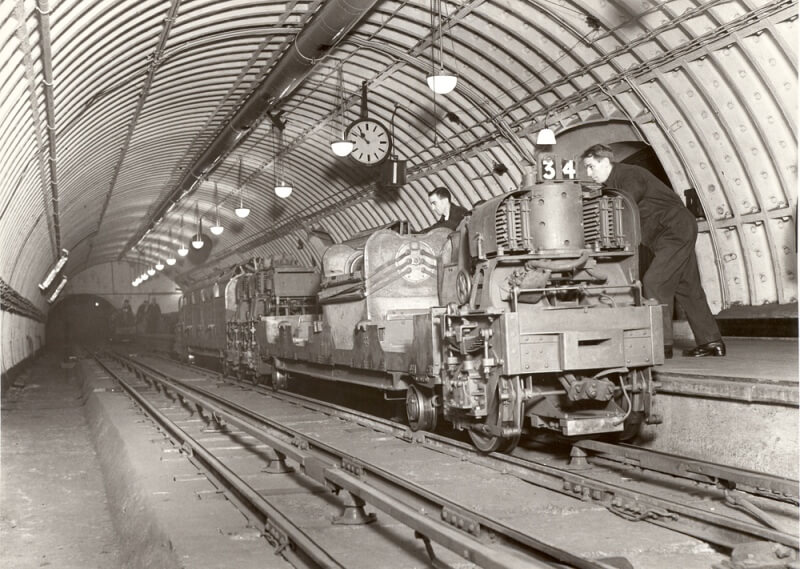
In
June 1934 the first experimental flight carrying mail by rocket was made over
the Sussex.
After
the first successful experiment with more than 1.000 letters, other 2 trials
took place, unfortunately they were unsuccessful and the experiment was soon
abandoned.
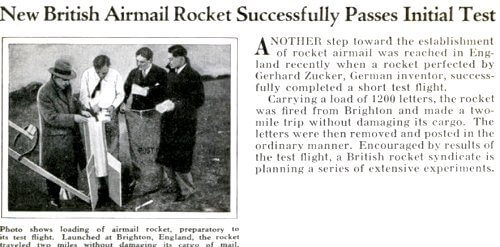
19. First and Second Class letter service
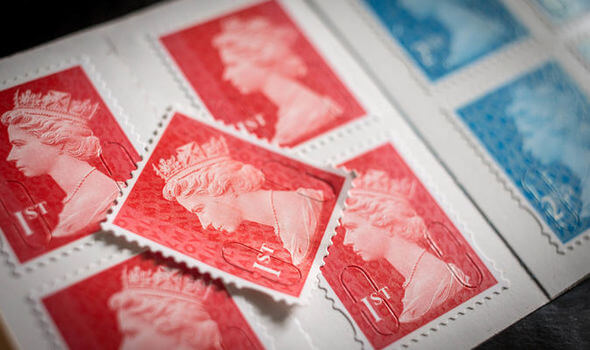
The British Post Office was the first in the world to introduce the first and second class letter service.
20. Royal Mail Group became Guinness World Record
In 2012 the Royal Mail Group were awarded the record for the most registered charities supported by a Payroll Giving Scheme, as one in four employees support a total of 975 registered charities and good cause by donating money direct from their pay. The employees make a business thrive. Have an inside look on how Royal Mail operates nowadays.
21. 500
Years of Postal History
If you want to find out more, you can feel the history with your own eyes if you visit The Postal Museum in London. Their collections of the past include photographs, films, art, vehicles, letterboxes and many more waiting to be discovered. I added their details and address below. This is not a sponsored post, this is just my recommendation of having a glimpse of the past in this historical city.
Now that we took a quick journey "back in time", I
am really curious to see your opinion on how the Postal service influenced our
social development and still influences our reality, mostly based on online
shopping, no matter where you are in the world.
